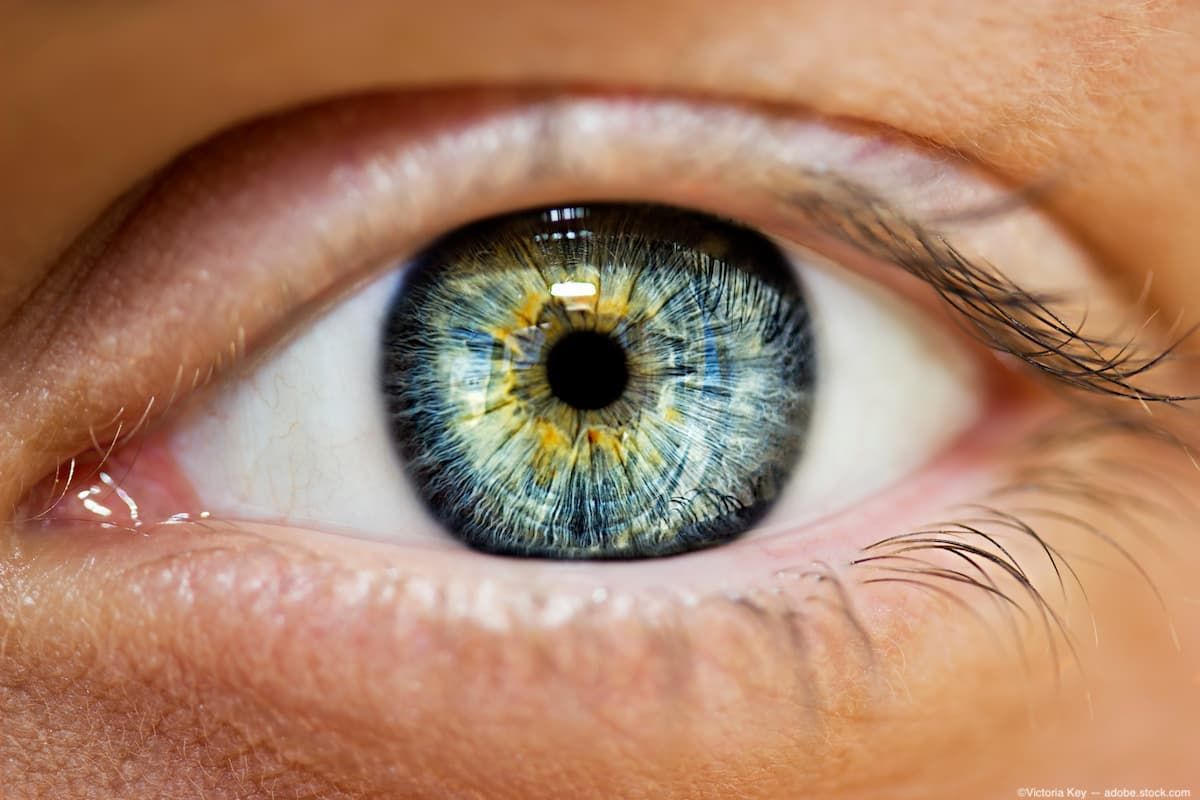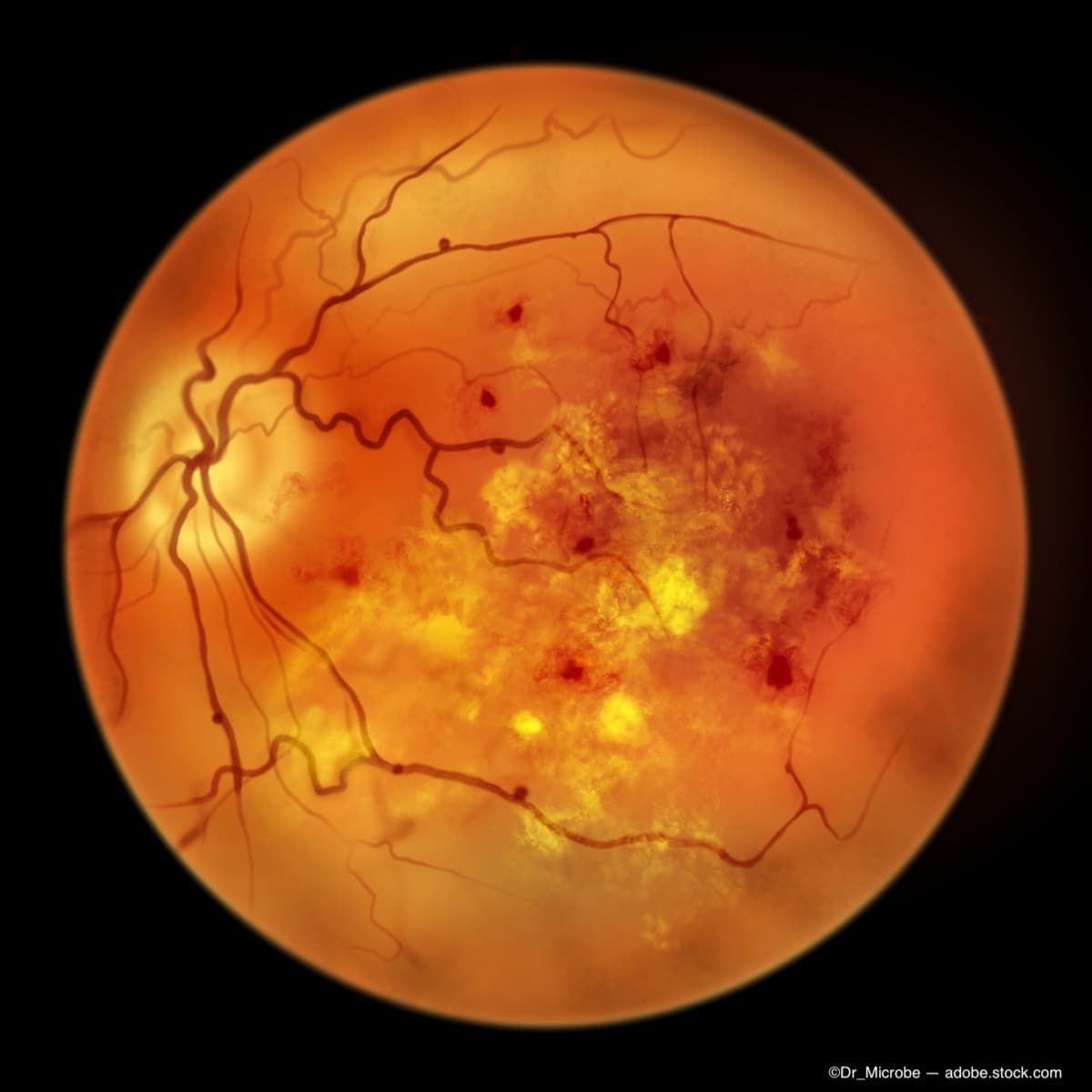
Diabetic Retinopathy
Latest News
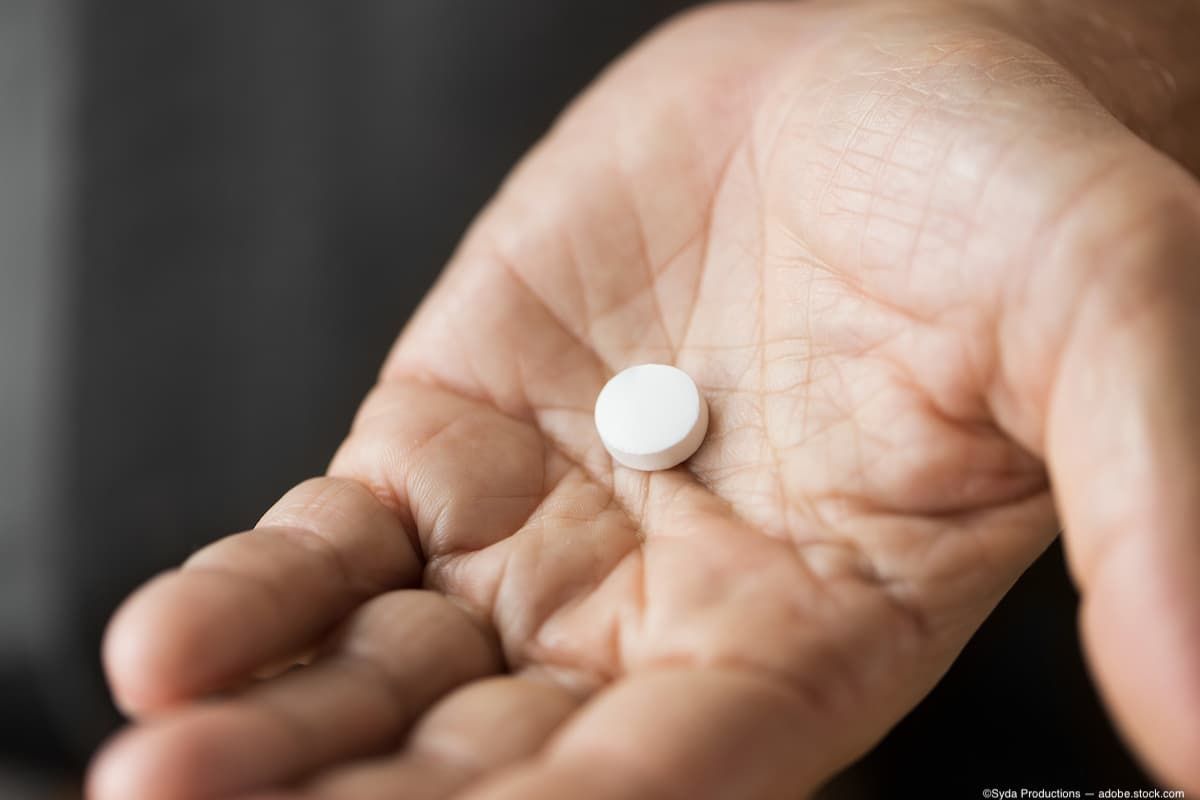
Efficacy and safety results of the ZETA-1 Phase 2 Trial in diabetic retinopathy at the 83rd Scientific Sessions of the ADA
Latest Videos

CME Content
More News

The certification will allow 20/20 Onsite to make clinical trials more accessible to patients nationwide and expand site options for sponsors while maintaining performance and data collection standards, including BCVA and DR testing.

OTX-TKI is the Ocular Therapeutix’s axitinib intravitreal implant that is being developed for the treatment of diabetic retinopathy, wet AMD and other retinal diseases.

PAVIA is a 12-month, randomized, controlled phase 2 clinical trial of EYP-1901 in patients with moderate to severe NPDR.

The research conducted at the Wayne State University School of Medicine implies that VCAM1 antagonism could be a promising therapeutic strategy for proliferative retinal disorders.

Eyetelligence will offer non-invasive point-of-care technology to diagnose a range of diseases, including diabetic retinopathy and age-related macular degeneration, with AI algorithmic retinal image analysis.

A study by Verana Health shows how de-identified real-world data (RWD) from electronic health records (EHRs) in medical registries can allow for a deeper understanding of data trends, patterns, or gaps.

The study results show the potential of SREDs to treat progressive, chronic retina conditions including age-related macular degeneration (AMD), diabetic retinopathy (DR), and retinitis pigmentosa (RP).

Kaushal Solanki, PhD, CEO and founder of Eyenuk, shared news about the company's EyeArt AI, which is cleared by the FDA to detect diabetic retinopathy.

Edmund Arthur, OD, PhD, FAAO, shared how retinal imaging can be an important tool for early detection of diabetic retinopathy in underserved communities.

Palatin Technologies, Inc. announced manuscript publication that summarizes data demonstrating the effects of PL8331 in two mouse models of retinal disease, experimental autoimmune uveoretinitis and diabetic retinopathy.

AVA-Net, a deep learning network, differentiated the changes in blood flow in healthy eyes compared with eyes of patients with diabetes with and without mild diabetic retinopathy.
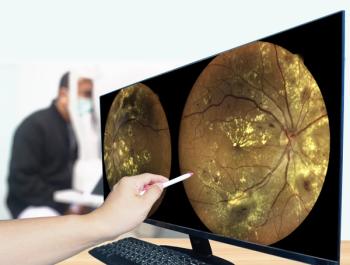
The sharing of data between ophthalmologists and optometrists ultimately can lead to earlier diagnosis and better results for patients.

According to the company, the award advances Praetego's lead candidate, PTG-630, into preclinical proof of concept in diabetic retinopathy.
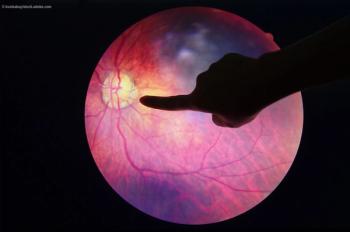
Voraporn Chaikitmongkol, MD, discussed step therapy and reported the results of a major study, the Diabetic Retinopathy Clinical Research (DRCR) Protocol AC, at the 38th Asia-Pacific Academy of Ophthalmology Congress, in Kuala Lumpur, Malaysia.
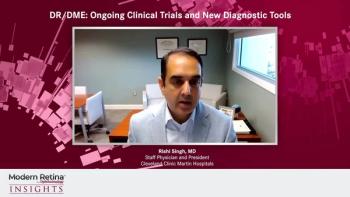
Carolyn Majcher, OD, FAAO, and Rishi Singh, MD, discuss new and upcoming clinical trials, investigational therapies, and diagnostic tools for the treatment of diabetic retinopathy and diabetic macular edema (DR/DME).

Diabetic retinal disease experts discuss different approaches that can reduce the treatment burden while maintaining good visual outcomes during diabetic retinopathy and diabetic macular edema (DR/DME) therapy.

Rishi Singh, MD, provides an overview of the various treatment options available for diabetic retinopathy and diabetic macular edema (DR/DME).
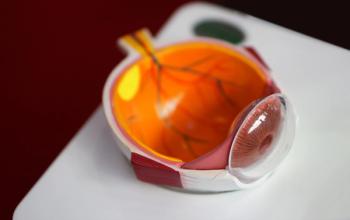
The findings from a National Institutes of Health-supported clinical trial may help guide the management of diabetic eye disease.
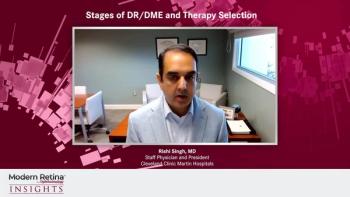
Rishi Singh, MD, provides an overview of the stages of diabetic retinopathy and diabetic macular edema (DR/DME) and the retinal findings associated with each stage as well as factors to consider when selecting therapy.

Carolyn Majcher, OD, FAAO, discusses when to refer patients with diabetic retinopathy and diabetic macular edema (DR/DME) to a retina specialist.

Carolyn Majcher, OD, FAAO, describes challenges primary eye care providers can experience when diagnosing diabetic retinopathy and diabetic macular edema (DR/DME).

Diabetic retinal disease experts discuss the standard diagnostic imaging tools that are available to detect diabetic retinopathy and diabetic macular edema (DR/DME).
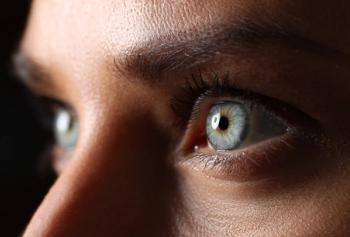
Patients diagnosed with diabetic retinopathy may be particularly vulnerable to periods of low glucose, and keeping glucose levels stable should be an important part of glucose control.
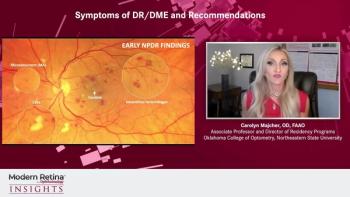
Carolyn Majcher, OD, FAAO, provides an overview of the symptoms of diabetic retinopathy and diabetic macular edema (DR/DME) and recommendations for dilated eye exams for patients with type 1 and type 2 diabetes.
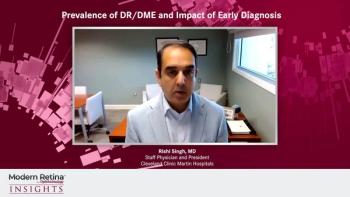
Carolyn Majcher, OD, FAAO, and Rishi Singh, MD, discuss the current prevalence and future projections of diabetic retinopathy and diabetic macular edema (DR/DME) as well as the impact of early diagnosis and treatment for patients with diabetic retinal diseases.


